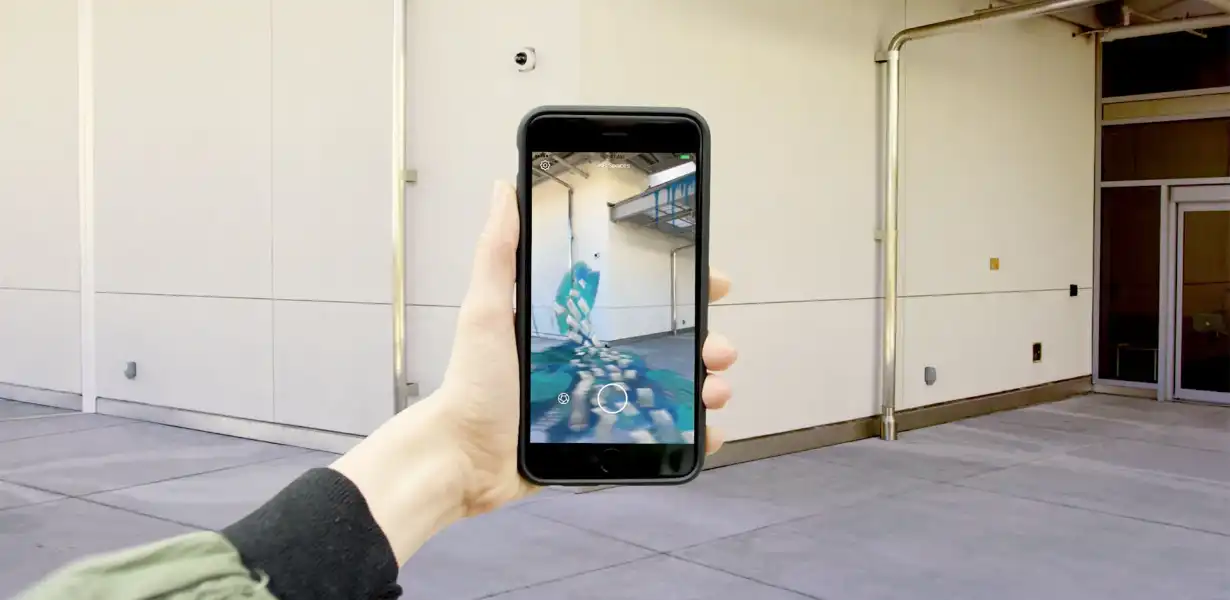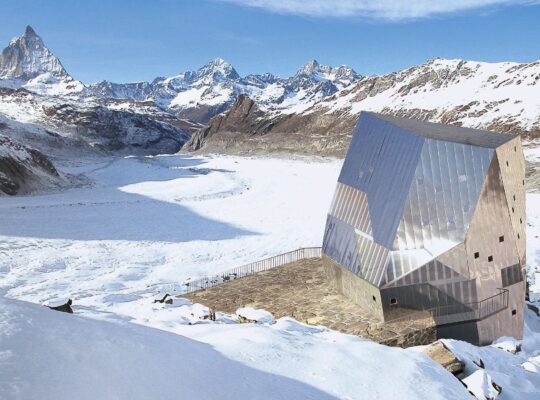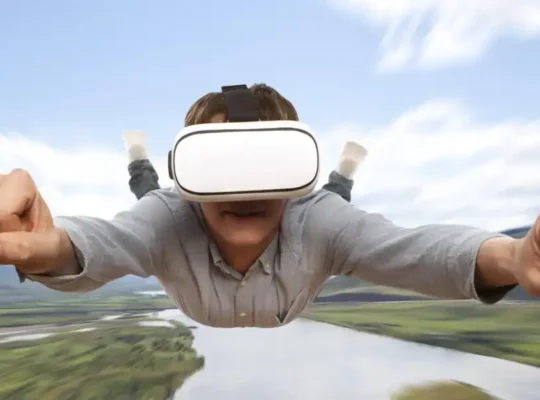In the fast-paced world of technology, augmented reality (AR) has emerged as a game-changer, reshaping the way we perceive and interact with our surroundings. One of the most exciting applications of AR technology is in the realm of maps, where traditional navigation takes a futuristic leap. Let's delve into the world of Augmented Reality Maps and explore how they are redefining our approach to navigation.
Navigating the Unexplored Terrain
Augmented Reality Maps transcend the limitations of conventional navigation tools, providing users with an immersive experience. Imagine seamlessly blending the digital and physical worlds, with real-time data superimposed on your field of vision. This innovation has the potential to revolutionize travel and exploration.
The Evolution of Augmented Reality
AR Maps have come a long way from their inception. Initially confined to experimental phases, advancements in technology have propelled them into mainstream usage. Companies like Google and Apple are investing heavily in AR mapping technologies, pushing the boundaries of what's possible in digital navigation.
How Augmented Reality Maps Work
At the core, AR Maps use a combination of GPS data, sensors, and cameras to overlay digital information onto the real world. This allows users to receive directions, points of interest, and relevant data seamlessly. The integration of artificial intelligence further refines the user experience, adapting to individual preferences and real-time changes.
Applications Beyond Navigation
While navigation is the primary focus, AR Maps extend their utility beyond mere directions. From providing information about nearby landmarks to offering language translations through visual cues, the applications are diverse and expansive. The potential for enhancing travel experiences is limitless.
Unveiling the Travel Tips Revolution
With AR Maps, traditional travel tips take on a new dimension. Here's how this technology is reshaping the way we explore and navigate unfamiliar territories:
Enhanced Point-of-Interest Identification
AR Maps enable users to identify points of interest effortlessly. By simply pointing their device, travelers can access detailed information about historical sites, restaurants, and attractions. This feature ensures a more informed and personalized exploration.
Dynamic Route Adjustments
No more surprises or wrong turns. AR Maps continuously analyze real-time data to offer dynamic route adjustments. Whether it's avoiding traffic or discovering a scenic detour, users experience a level of flexibility that traditional maps cannot provide.
Multilingual Communication
Traveling to a foreign country? AR Maps break language barriers by providing instant translations through visual overlays. Ordering in a local restaurant or asking for directions becomes a seamless experience, enhancing cultural immersion.
Safety Alerts and Information
Incorporating safety features, AR Maps can alert users to potential hazards or provide information about the surroundings. This ensures a safer journey, especially in unfamiliar or densely populated areas.
Interactive Travel Diaries
Capture moments and memories directly on your AR Map. The integration of augmented reality allows users to create interactive travel diaries, marking significant locations and adding personalized notes, creating a digital keepsake of their adventures.
Overcoming Challenges in AR Navigation
While AR Maps bring a plethora of benefits, challenges exist, and developers are actively working to address them. These challenges include battery consumption, data privacy concerns, and ensuring accuracy in diverse environments.
Final Words
In the evolving landscape of navigation technology, Augmented Reality Maps stand as a beacon of innovation. The fusion of digital information with the physical world enhances our understanding and experience of the environment. As we embrace this technological shift, the way we navigate and explore will never be the same.
Commonly Asked Questions
Q1: Are AR Maps only suitable for urban environments?
A1: No, AR Maps can adapt to various environments, providing valuable information in both urban and rural settings.
Q2: How accurate are AR Maps in terms of real-time data?
A2: AR Maps utilize advanced technologies to provide accurate real-time data, constantly updating information for precise navigation.
Q3: Can AR Maps work offline?
A3: While some features may require an internet connection, basic navigation functions often work offline, ensuring functionality in remote areas.
Q4: Are AR Maps compatible with all devices?
A4: Developers are working to ensure compatibility across a wide range of devices, but the level of functionality may vary.
Q5: How secure is the data collected by AR Maps?
A5: Developers prioritize user privacy, implementing robust security measures to protect the data collected by AR Maps.












